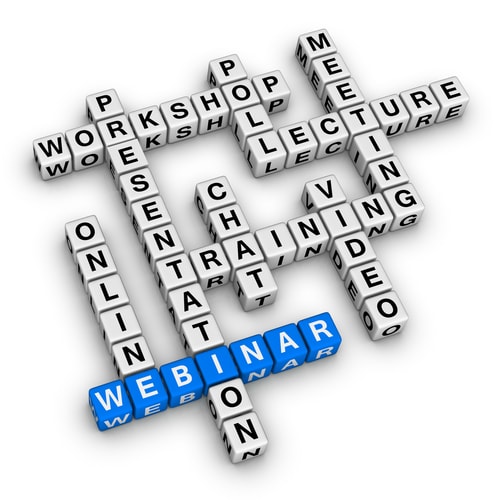Webinar hosted by Kelly Daynard of Farm and Food Care Ontario
By Diego Flammini, Farms.com
Talking to people on a regular basis is tough enough. Talking to people about a subject they’re unfamiliar with is even harder. Talking to people about polarizing topics such as farming, food, and agriculture can seem nearly impossible for both the presenter and the listener.
Kelly Daynard from Farm and Food Care Ontario, equipped with seven years as a journalist, degrees in the Honours English and Advanced Agricultural Leadership programs from Wilfrid Laurier University and experience as a communications manager for the Ontario Cattlemen’s Association, hosted a webinar entitled “Speak Up for Agriculture” to give farmers and agribusiness professionals tips and advice on how to convey their messages and stories confidently.
 “Talking to some customers is frustrating!,” Kevin, who has a farm in Dunnville, Ontario and sells his products in Toronto said during the webinar’s chat. “I always kill them with kindness when spelling out food prices and quality to them.”
“Talking to some customers is frustrating!,” Kevin, who has a farm in Dunnville, Ontario and sells his products in Toronto said during the webinar’s chat. “I always kill them with kindness when spelling out food prices and quality to them.”
Daynard outlined some strategies and statistics to take into consideration when speaking to the average Canadian who isn’t part of the agricultural sector including:
- Less than 3% of Canadians farm. Most people don’t know any farmers or what they do
- Canadians love animals, but equate it more with caring for domestic pets like cats and dogs than cows and other farm animals
- Canadians like the words “free” and “natural” and like their food to be connected with those words
- Most Canadians get their information from the media and internet which acts as both a challenge and opportunity for the agricultural community
- Canadians are told everything is bad (wheat is bad, red meat is bad, GMOs are bad, sugar is bad, etc)
Every four years, Farm and Food Care Ontario conducts an Ipsos Reid survey about different subjects within agriculture.
Their latest survey from 2012, which 1229 people participated in, showed 7% knew a lot, 52% knew a little, 37% knew very little, and 10% knew nothing about farming.
56% of participants said they received their information from TV while 23% said they didn’t get any at all.
Daynard said the first rule of speaking with someone not involved with agriculture is to make a great first impression because “you may be the only farmer or person in agribusiness that person will ever meet.”
Some strategies to ensure that, are:
Know your strengths and weaknesses
What are your skills? (Do you like to be in front of the camera? Prefer to write instead?)
Who are you presenting to? (School children, government officials, media)
What are your passions? (Are you interested in the economic impact? Social impact?)
Keep up with the media
Educate yourself on ag-related stories in the media. (Ex. #Farm365 on Twitter)
KISS method
Talk about what you know, but keep the language on a simple scale
Daynard said sometimes the ag community can be “brutal in using words or terms that only (they) understand” and can lose a person’s interest.
Dealing with difficult people
Remember who the target audience is because there’s always going to be a small amount of people who don’t agree with you
Daynard suggests leting them rant then asking if they have a specific concern, but avoid guessing
Offer to take their contact information to try and find an answer and be sure to follow up
Body language
Be modest, open, reasonable, relaxed, friendly and confident. Don’t come across as arrogant, defensive, negative or try too hard to please.
When it comes to non-verbal, don’t have your arms crossed, look at the person you’re speaking to, don’t look at your watch or check your phone
Question and answer techniques
- The most basic technique is the benefits technique. Focus on the why something is being done and not the how
- Don’t be afraid to answer a question with a question. If you don’t understand it what’s being asked, ask for an example
- The compromise technique works well when talking about extreme situations. Acknowledge the problem, and show commitment to making sure it doesn’t happen on your farm.
- Like a high-school essay, make a general statement then back it up with an example
- The time technique is to acknowledge the past, engage in discussion about the present, and look forward to what can be done in the future
- The map technique brings the conversation back to a local level. If someone asks you about a farming and food issue in a place you’re unfamiliar with, be honest with them about it and discuss with them how you’ll make sure your farm is combatting the issue.